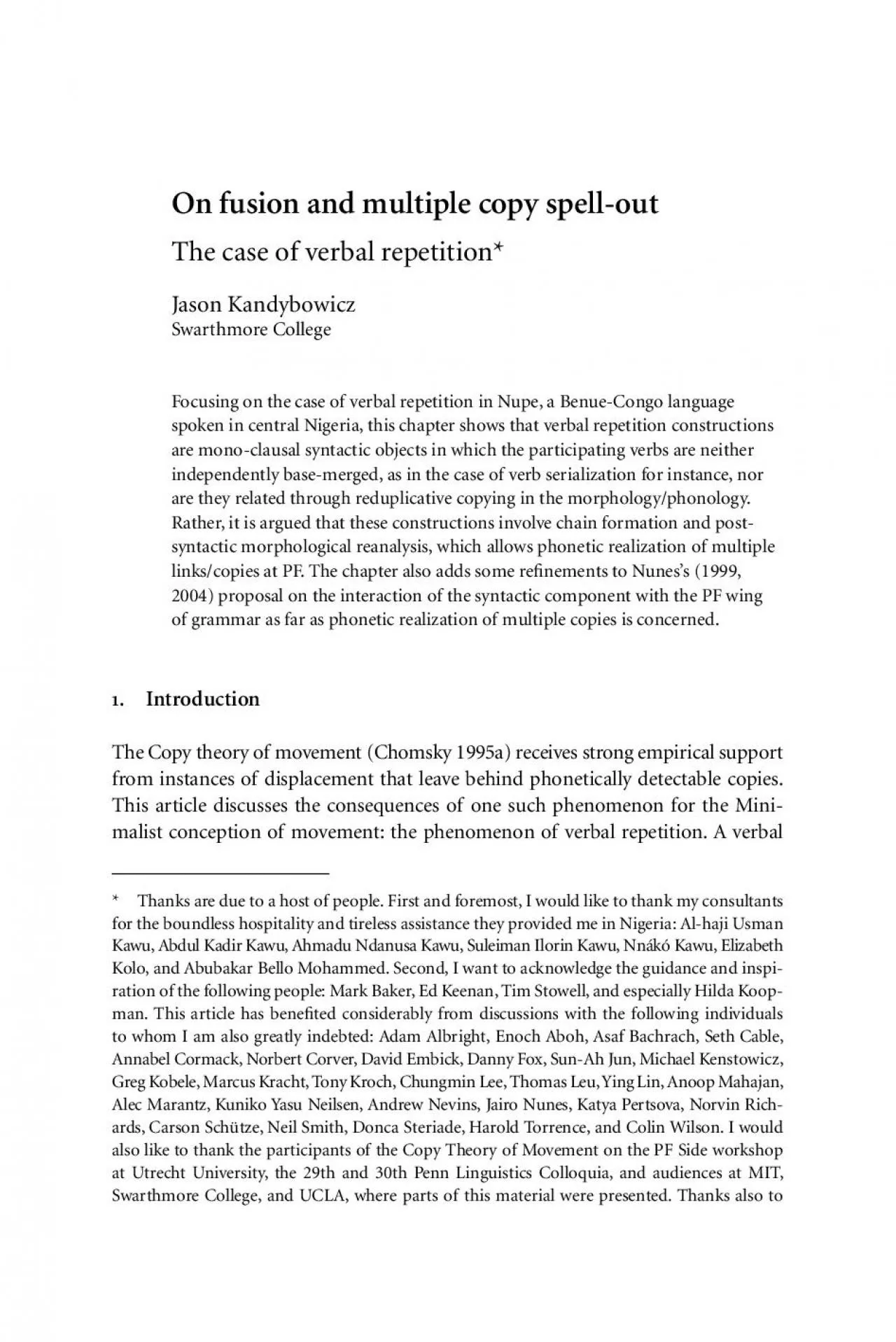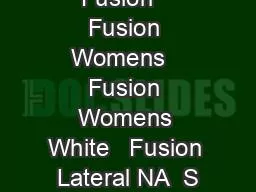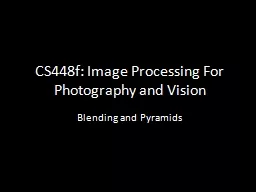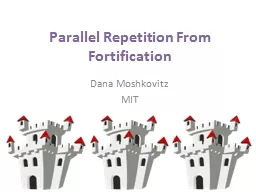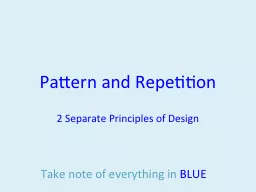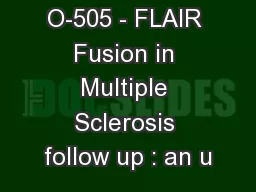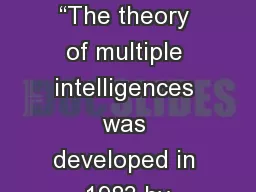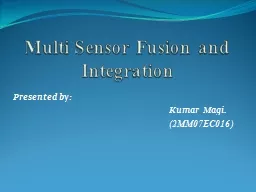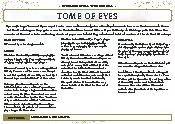PDF-On fusion and multiple copy spell-out The case of verbal repetition*
Author : bery | Published Date : 2020-11-25
Thanks are due to a host of people First and foremost I would like to thank my consultants for the boundless hospitality and tireless assistance they provided me
Presentation Embed Code
Download Presentation
Download Presentation The PPT/PDF document "On fusion and multiple copy spell-out T..." is the property of its rightful owner. Permission is granted to download and print the materials on this website for personal, non-commercial use only, and to display it on your personal computer provided you do not modify the materials and that you retain all copyright notices contained in the materials. By downloading content from our website, you accept the terms of this agreement.
On fusion and multiple copy spell-out The case of verbal repetition*: Transcript
Download Rules Of Document
"On fusion and multiple copy spell-out The case of verbal repetition*"The content belongs to its owner. You may download and print it for personal use, without modification, and keep all copyright notices. By downloading, you agree to these terms.
Related Documents

